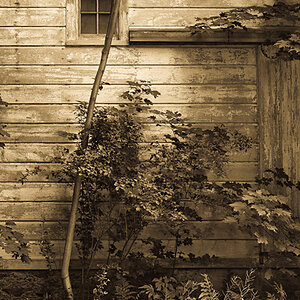WayneF
No longer a newbie, moving up!
- Joined
- Oct 11, 2013
- Messages
- 622
- Reaction score
- 114
- Location
- Texas
- Website
- www.scantips.com
- Can others edit my Photos
- Photos OK to edit
Prove it!You did not compare them equally. For all things equal, these should be compared as they actually were. The DX image is cropped, specifically it should be shown only 2/3 the size of the FX (which then also makes the same subject be same size), because, the same lens would of course project exactly the same size subject. You did not show that same image projected by the same lens. The DX frame is already seriously cropped (to 2/3 dimensions), and should be shown that way, because the same lens at same distance obviously projects exactly the same image view, no matter which camera.
That is real world. However, you introduced additional magnification changes in one of them.
? It is common knowledge (check manuals) that the D300 DX sensor is 23.6 × 15.8 mm (page 409). The D700 FX sensor is 36.0 × 23.9 mm (page 428), which is 1.5x larger than DX.
I suspect you already knew that. It is pretty much the whole difference of DX vs FX, the entire point.
There are two significances... One is that a smaller DX image requires 1.5x more magnification to appear same size as FX (and DOF is entirely about subject magnification).
Two is that (if using same lens standing at same place), that DX only captures a smaller central portion of the SAME image projected by the SAME lens... DX obviously sees the exact same image, just cropped smaller around the edges. We know this stuff. We have to fit any conclusions in around the obvious facts.
We can of course use different lenses and stand at different places and see different views, but these are magnification changes again.
By the time the post processing was done, there is no doubt I was completely soused. But I will bet a dollar to a doughnut there was very little difference in any re-sizing, because I have a process.
Yes, that was the problem, it was my point. You increased the magnification of the DX, out of proportion to the FX. You resized unequal items to be same size, but they are not.
So here's my challenge to you WayneF, do your own bloody study of the DX versus FX with the most common lens choices and post your results to enlighten the masses (or the unwashed multitude, if that is your preference) to prove me wrong. Otherwise, STFU.
I didn't say you were wrong. You did what you did, and got what you got. I said you unfairly compared unequal items, and then failed to make the real point.
But OK, see FX - DX Lens Crop Factor . Which is my version. It is not about DOF, it is about what DX/FX means, and how they differ, and some advantages/disadvantages, including DOF.
Last edited:




![[No title]](/data/xfmg/thumbnail/34/34057-a5a92fad5f5d96a5945d55a404b0cd27.jpg?1619736257)
![[No title]](/data/xfmg/thumbnail/42/42329-331b54ea6493a8cdd21d8e624fe97e85.jpg?1619740129)
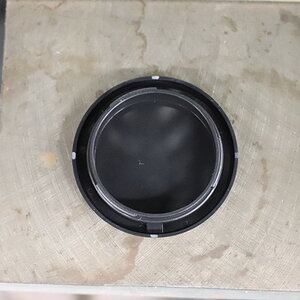
![[No title]](/data/xfmg/thumbnail/34/34054-75057fa828bda4184ea808ff8bd8dfcf.jpg?1619736254)
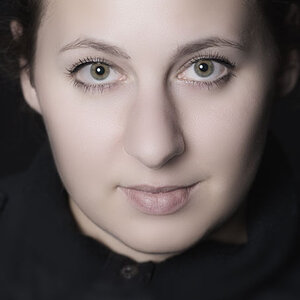
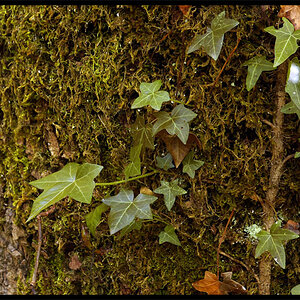

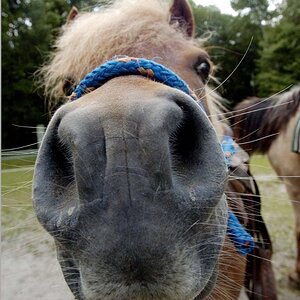
![[No title]](/data/xfmg/thumbnail/38/38726-c2f92932ae847f22fd6548bf87263976.jpg?1619738702)
